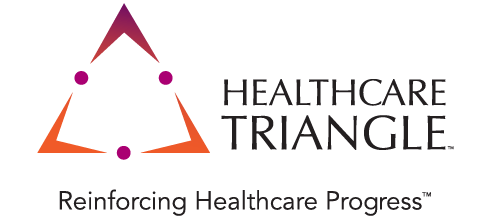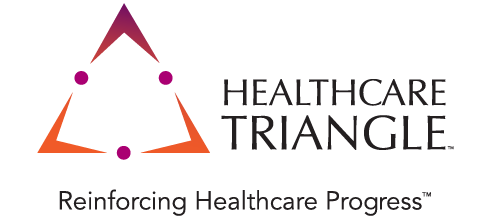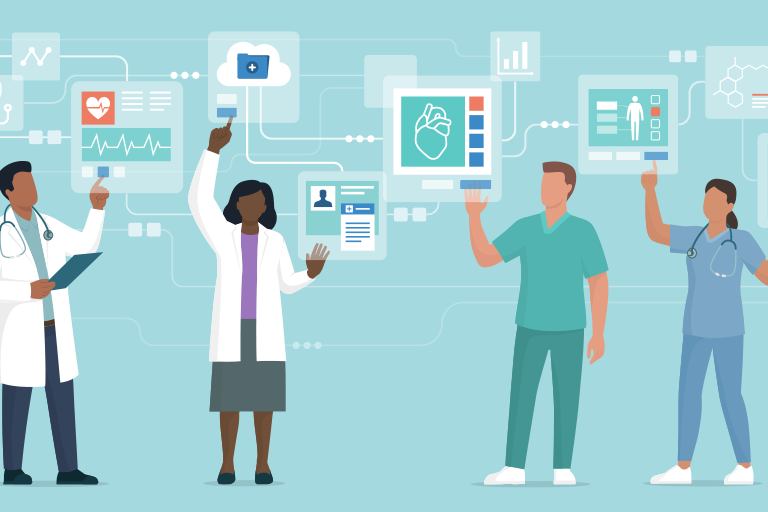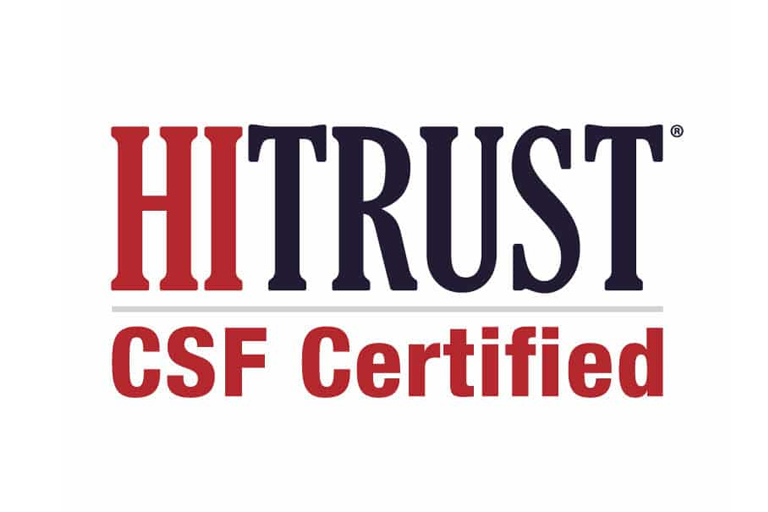
The Healthcare Triangle Blog
Trends and Issues from Our Experts
Data Visualization in Healthcare: Game Changer Insights
Data visualization is an influential medium for changing raw data into a more visual, understandable, and appealing form.
Read MoreChallenges in Implementing Managed IT Services in Healthcare
The healthcare industry is now in the process of digital upheaval, and health information technology (HIT) lies at the very core of enhancing patient care, streamlining workflows, and boosting operational efficiency.
Read MoreHarnessing the Power of Healthcare Data Sharing to Improve Patient Care
The healthcare industry is at a critical juncture as it works to improve patient care in the future. The need for highly regulated HIPAA data sharing among healthcare organizations and competitors has become increasingly essential. As data-driven decisions are becoming more commonplace, the ability to share information securely and efficiently across multiple providers is essential for improving patient outcomes. With the rise of cloud-based technologies, healthcare organizations have an opportunity to share data in a secure and compliant manner.
Read MoreUnlocking the Benefits of Cloud Migration for Healthcare and Life Sciences
Healthcare and life sciences (HCLS) organizations are constantly challenged to bring patient care, new drugs, therapies, treatments, and cures to market faster while meeting stringent compliance regulations. To do so requires managing vast amounts of data while relying on IT infrastructure that can quickly respond to increasing data volume and complexity. This is why cloud migration plays an important role among HCLS worldwide: it provides a secure foundation upon which these organizations can build their critical operations and processes; not just for today but into the future as well.
Read MoreHow Healthcare Advisory Consulting Can Transform Your Healthcare Organization
The healthcare industry is an ever-changing landscape, and often healthcare organizations struggle to keep up with the fast pace of transformation. Whether it's the introduction of a new data network, complex regulatory changes, or managing the constant cybersecurity threat, keeping up with change in business operations requires extensive experience and ongoing guidance.
Read MoreHealthcare Disruptors of 2023: The Future of Healthcare Innovation
What are healthcare disruptors? Healthcare disruptors are companies or technologies that are disrupting the traditional healthcare landscape by introducing innovative ways to deliver better and more affordable care, improve access, address social determinants of health and health inequalities, and physician burnout.
Read MoreEnsuring Security and Compliance for Life Sciences Data with HITRUST Certification
For life sciences and pharma organizations, maintaining the highest level of data security is essential. In today's world, that means putting in place a framework to protect sensitive information from fraud, cyberattacks, and other malicious activities.
Read MoreGaining a Competitive Edge with Predictive Analytics in Healthcare: Do More Better
As the healthcare industry continues to evolve, innovative technology is playing an increasingly important role in improving patient outcomes. Healthcare providers and organizations are under increasing pressure to optimize operations and outcomes while navigating the limitations of finite resources.
Read MoreHarnessing Innovation and Security Through HITRUST Certification in Healthcare Organizations
Healthcare organizations strive to provide safe, secure environments for their patients and staff. It is also of paramount importance that healthcare data remains private and protected from unauthorized access and data breaches. To achieve these goals in an increasingly digital world, there has been a turn to security certifications such as HITRUST certification.
Read MoreHow Transition from Web 2.0 to Web 3.0 Revolutionizes the Life Sciences Industry
As the world of life sciences and pharma advances, digital technology can play a critical role in unleashing new potential for all stakeholders. But with constant technological changes taking place, staying up to date on trends is often difficult. According to recent estimates, we are witnessing a monumental shift from Web 2.0 to Web 3.0, which has profound implications for pharma and life sciences professionals alike.
Read MoreHow to Overcome Data Management Challenges in Life Sciences
In the life sciences, effective data management is a major factor in patient safety and successful research. Unfortunately, many organizations are relying on outdated methods to manage their large amounts of complex and dynamic data sets; leaving them vulnerable when it comes to compliance.
Read MoreHow Cloud Technology Transforms the Life Sciences Organizations
The life sciences and pharmaceutical industry is rapidly evolving, driven by technological advances that have enabled unprecedented levels of data collection and analysis. Cloud computing has become a critical tool for life sciences industry to manage vast amounts of this data more efficiently, cost-effectively, and securely.
Read MoreUnlocking the Power of MEDITECH Through a Robust Health IT Infrastructure
MEDITECH users now have the benefit of an EHR that can meet their changing clinical and healthcare process requirements, all with the power of cutting-edge IT infrastructure. With a flexible and compliant IT infrastructure, these health systems are one stride ahead in meeting the growing demands in the healthcare landscape.
Read MoreEpic Implementation: How Collaboration Can Help Streamline the Patient Care Journey
Epic EHR implementation pose many challenges for healthcare organizations. When done with the right tools and strategies in place, organizations can significantly improve patient care and clinical workflows. One of the most important factors to consider when embarking on Epic implementation is collaboration.
Read MoreWhy Cloud Is Ideal for Healthcare Backup and Disaster Recovery
As healthcare continues to digitize, it has enabled greater access and higher quality of care for patients. However, due to the abundance of personally identifiable information (PII), it has made the healthcare sector vulnerable to cyberattacks and ransomware attacks.
Read MoreHow Next-Gen Data Analytics Platforms are Revolutionizing Life Sciences
It is estimated that the global life sciences analytics market is projected to reach USD 42 billion by 2025 (MarketsandMarkets). Hence data analytics is becoming increasingly important among life sciences organizations.
Read MoreOvercoming Data Sharing Challenges in Life Sciences with a Secure Data Collaboration Platform
According to Deloitte’s Tech Trends 2022 report, by the end of 2023, “We expect to see more organizations explore opportunities to create seamless, secure data-sharing capabilities that can help them monetize their own information assets and accomplish business goals using other people’s data.”
Read MoreDigital Innovations Behind the Future of Life Sciences Industry
2023 is shaping up to be an exciting year for the life sciences sector. Several major trends are emerging that promise to revolutionize the way we think about health and disease, from breakthroughs in diagnostics to new innovations in personalized medicine.
Read More


















